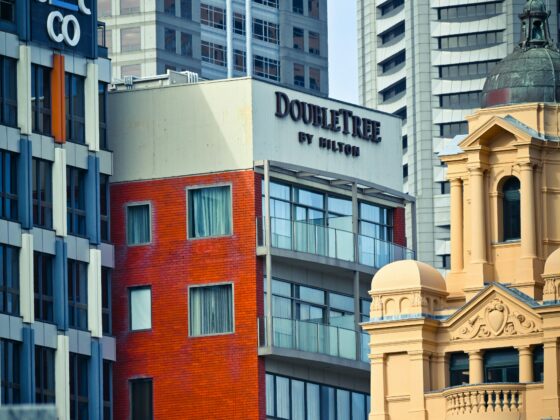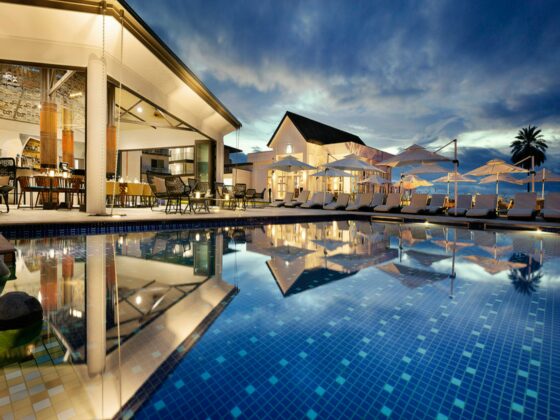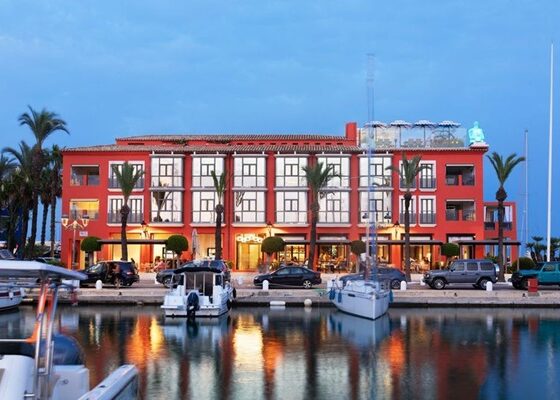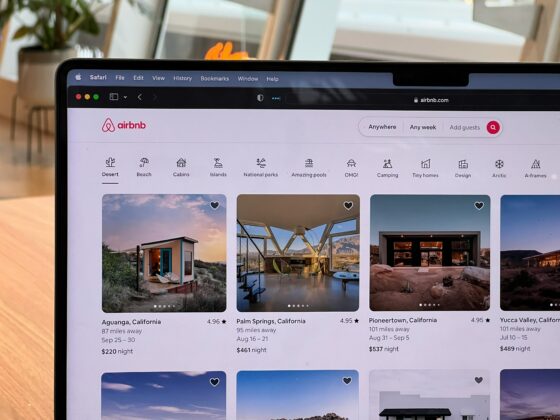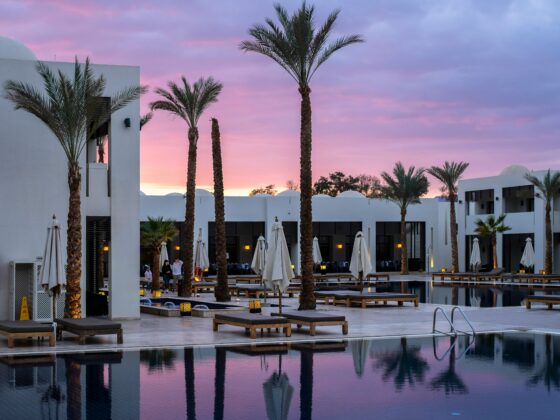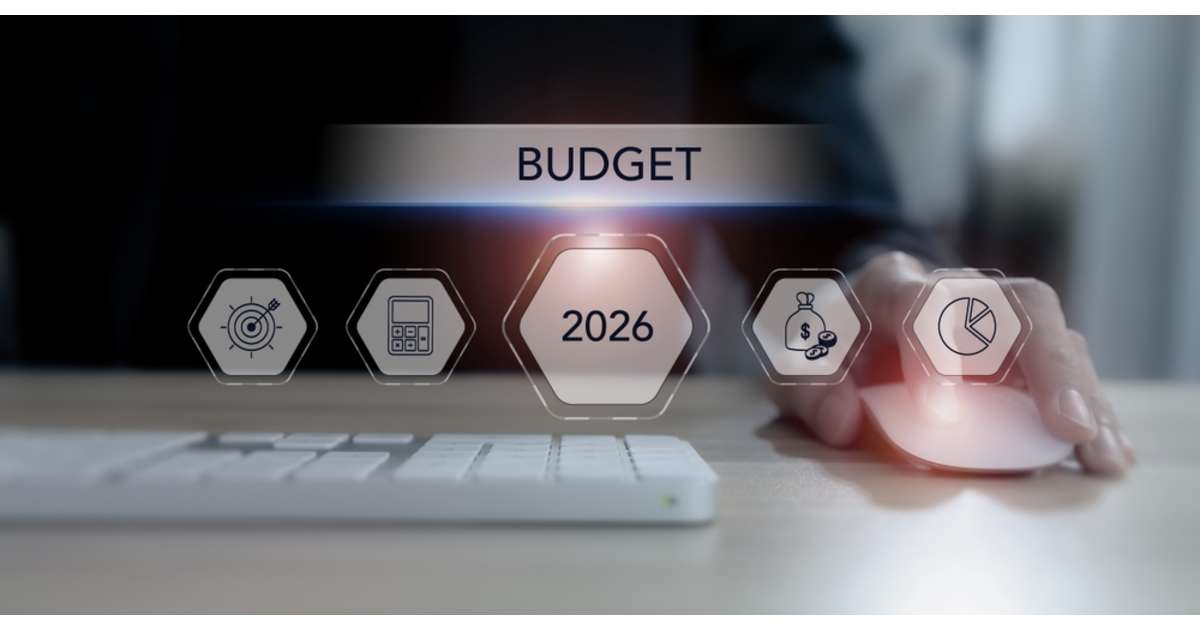
Budget season isn’t just about numbers—it’s about vision. As a hotel finance executive, I have found that success in 2026 will come down to discipline, collaboration, and clarity. Hoteliers face a marketplace defined by uncertainty: shifting demand patterns, evolving technology, rising operating costs, and persistent talent pressures. Yet, uncertainty is precisely why a strong, collaborative budgeting process is essential.
When it comes to budgeting, the process should begin at the property level. General managers, directors of sales, and operations teams know their markets best. They provide the ground-level insights—market trends, client mix, event calendars, and competitive positioning—that form the foundation of revenue assumptions. From there, it’s important to layer in top-down guidance, normalizing assumptions to ensure comparability across the portfolio.
Once revenue direction is established by mid-September, October becomes the month for deep dives into expenses—labor, operations, and margin optimization. By November 1, business plans and budgets are finalized and delivered to ownership. This collaborative rhythm ensures we are not just budgeting for a property but aligning a portfolio for sustainable growth. At Hospitality America, this rhythm is anchored in commercial alignment—ensuring sales, marketing, and revenue strategies move in unison with financial planning to optimize profitability across the portfolio.

Technology as a Growth Multiplier
If one theme defines 2026 budgeting, it is this: speed is everything and knowledge is king. Hoteliers must invest in tools that sharpen decision-making and enhance productivity. That means evaluating and implementing new benchmarking, consumer intelligence, and AI-driven forecasting tools.
These platforms allow us to:
- Understand competitive positioning in real time.
- Segment customers more effectively.
- Forecast labor needs with precision.
- Enhance housekeeping and maintenance productivity.
Investing in these systems enable hotel companies to “do more with less,” a necessity as operating costs rise while guests remain price sensitive. Importantly, technology is not an expense line item—it’s a margin growth driver.
Labor and Culture: The Human Advantage
Even with the best technology, hotels run on people. Recruiting, retaining, and engaging talent is one of the most significant cost pressures—and one of the greatest opportunities. After all, culture is a company’s differentiator.
It keeps turnover low and engagement high. Recognitions, awards, and intentional connectivity between corporate and property teams aren’t just cultural touchpoints, they’re budget priorities. Investing in training, development, and employee engagement tools ensures our teams feel valued and remain committed. A strong culture doesn’t just save money on turnover—it creates better guest experiences and stronger owner returns.
Supply chain challenges, tariffs, and rising logistics costs remain a reality, especially for furniture and fixtures for properties under renovation. The solution is planning early, sourcing strategically, and aligning closely with brand standards.
Food and beverage costs, while often managed by third-party operators, also impacts the guest experience and event profitability. Sourcing locally and leveraging group buying can help offset inflationary pressures, but operators must remain vigilant in balancing cost control with guest satisfaction.
Preparing for the Shifts Ahead
Market dynamics are shifting. It’s important to look at corporate vs. leisure demand, group vs. transient mix, and cyclical event calendars. Hoteliers must be agile in reallocating resources and rethinking market strategies. A “set it and forget it” approach to budgeting won’t cut it. Instead, we must build assumptions that anticipate change and give teams the tools to adapt quickly.
Ultimately, budgets are not just internal planning documents, they are commitments to owners. It’s the operator’s responsibility to translate ground-level realities, market intelligence, and cultural investments into business plans that drive revenue, optimize margins, and deliver returns. Owners trust us to manage their assets wisely. That means clear assumptions, disciplined planning, and flawless execution.
Budgeting for 2026 is not about predicting the unpredictable—it’s about preparing teams and owners for what’s ahead with clarity, collaboration, and confidence. It’s also an opportunity to sharpen our competitive edge, invest in our people and technology, and position our hotels for long-term success.
At Hospitality America, our promise to owners is clear: we treat every budget as an investment strategy designed to maximize returns. By aligning sales, marketing, and revenue initiatives with disciplined financial practices, we protect and grow asset value while strengthening market position. Our collaborative approach ensures transparency, accountability, and profitability, giving owners the confidence that their investments are being managed with passion, excellence, and foresight.
About the Author
Paul Isaacson is Chief Financial Officer for Hospitality America, a hotel management company based in Greenville, SC, with a portfolio of award-winning properties across the Southeastern United States. The company specializes in operating top-performing hotels that deliver exceptional guest experience and commercial success. Recognized in 2024 and 2025 by USA Today as a Top Place to Work. For more information, please visit www.hospitalityamerica.com or connect with Hospitality America on LinkedIn.
Barb Worcester
Owner, President at PRPRO
14409305770
Hospitality America

